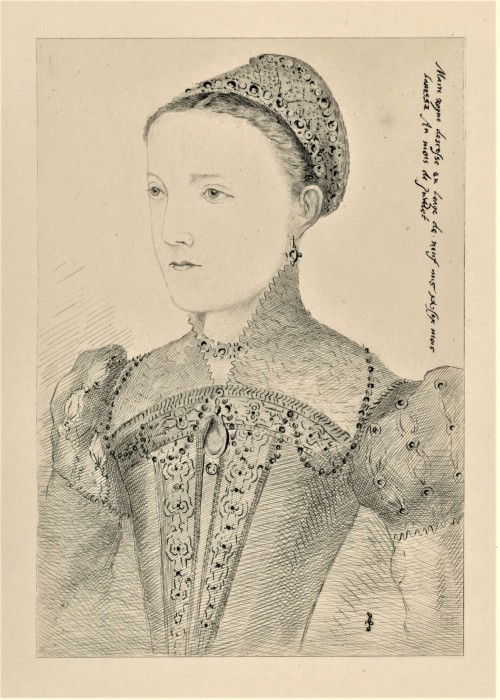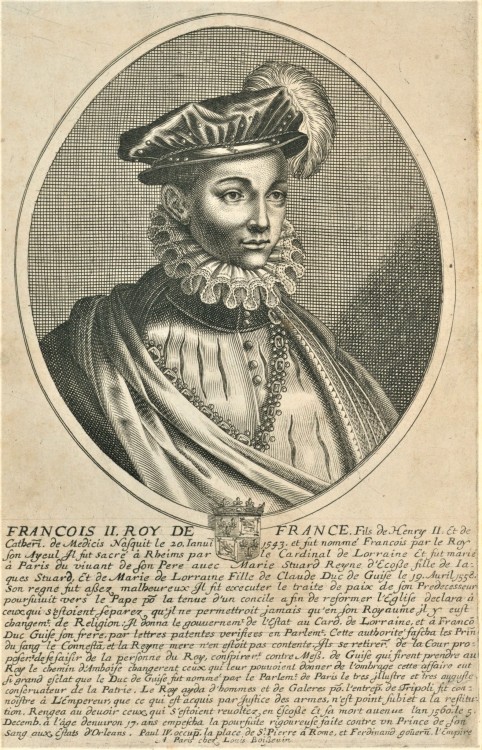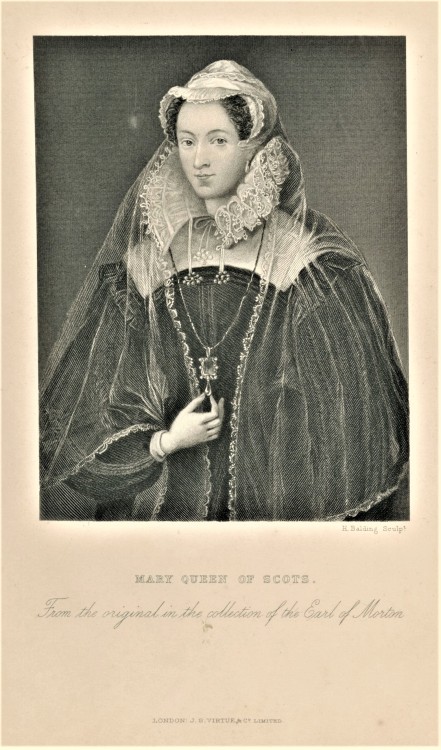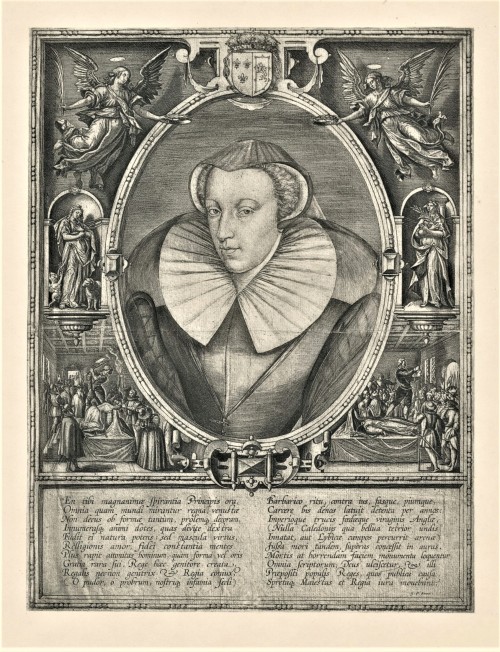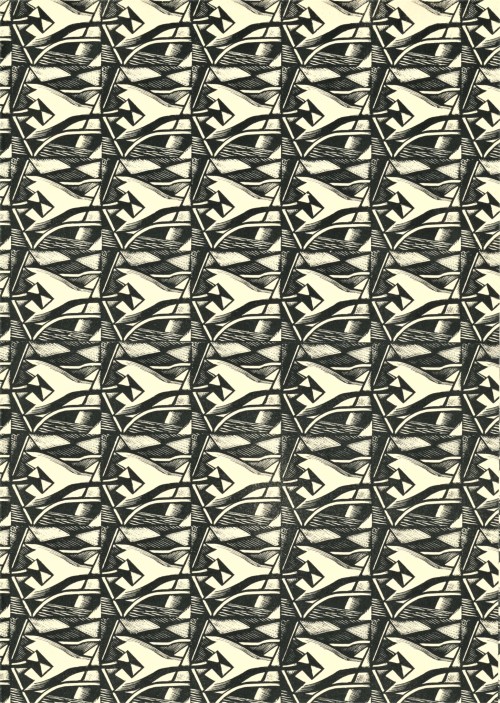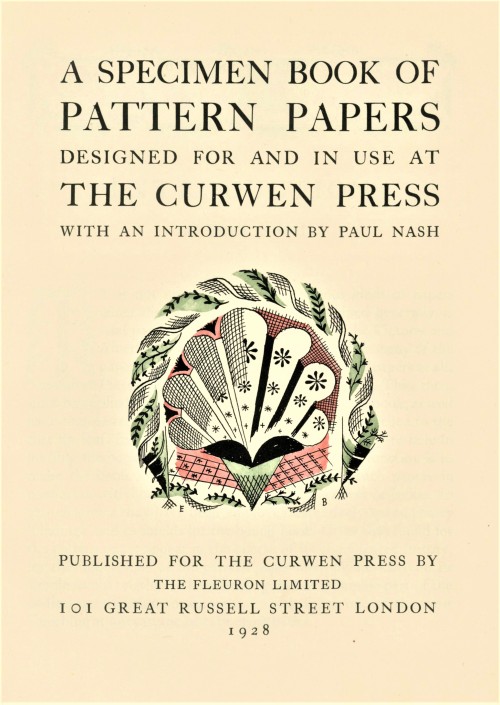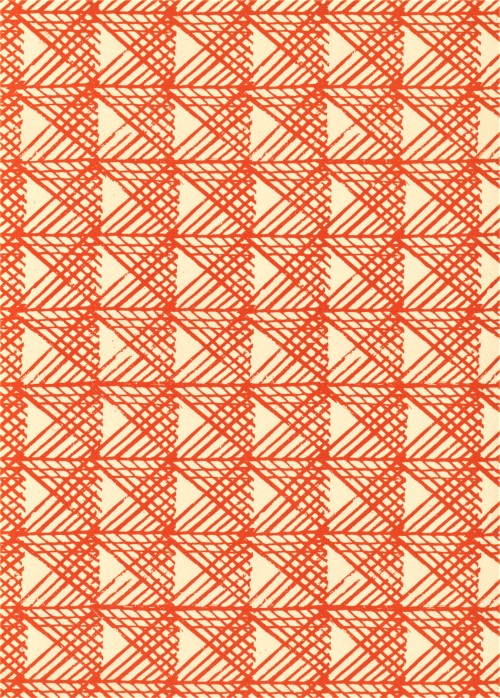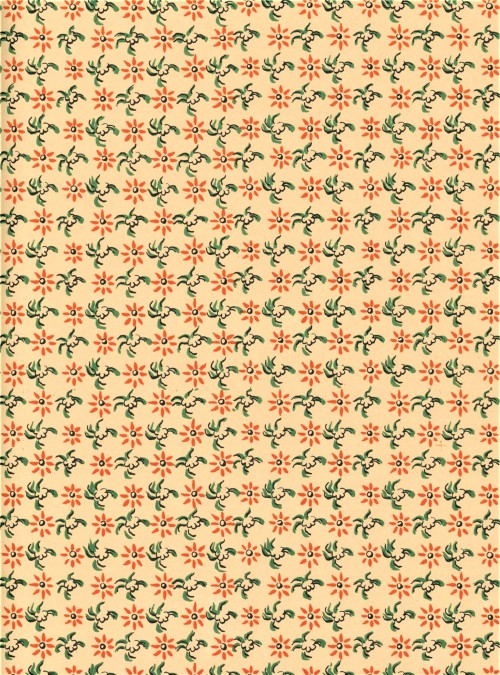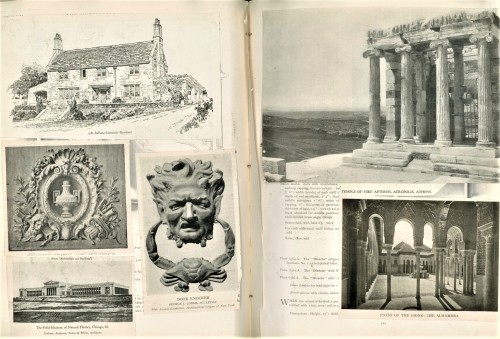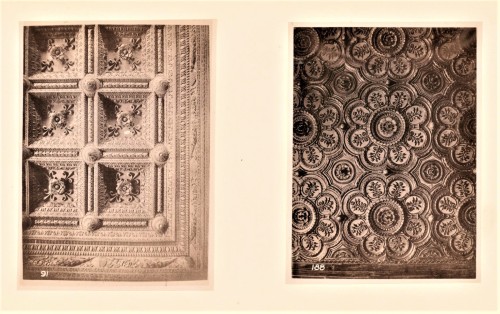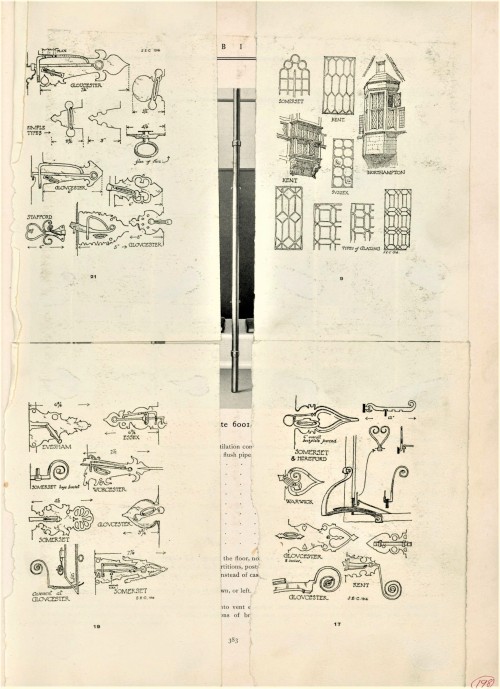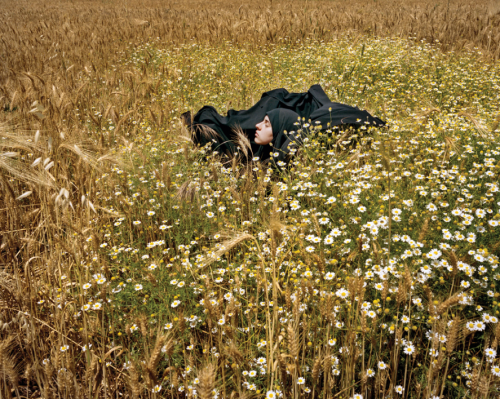#olivia
Mary, Queen of Scots, Monday
On this day, the second of May, in 1568, Mary Stuart, aided by her jailor’s family, escaped after nearly a year of imprisonment in Lochleven Castle.
To commemorate this occasion, we present plates from John Skelton’s 1893 work Mary Stuart, Skelton’s third work on Mary, Queen of Scots, all advocating for a sympathetic view of Mary as a heroic victim. Mary Stuart was printed and published in an edition of 200 copies for Europe (with an additional 100 “with a duplicate series of plates … for America”) byBoussod, Valadon & Co. in Asnières-sur-Sein, a township in Île-de-France just north-west of Paris.
The publishing company, formerlyGoupil & Cie., is best known for its association with Galerie Goupil and the auction and exhibition of contemporary art. With branches in New York, London, Berlin, Vienna, and Brussels, Goupil was a dominant force in the 19th century art market. The business was initially established in 1827 by Jean-Baptiste Michel Adolphe Goupil as a print publishing firm. Goupil retired from the business in 1884, leaving his partner Léon Boussod and Boussod’s son-in-law René Valadon in charge of the business. In 1886, Boussod established the photographic studio and printing press at Asnières where Mary Stuart would eventually be printed.
Mary’s life was beset with scandal and tragedy. After her betrothal to Henry VIII’s son Edward fell apart, she was sent to France at the age of five to eventually wed the Dauphin, Francis II, two years her junior. They married once the Dauphin came of age, but Francis died of an infection and Mary found herself widowed at 18. Mary returned to Scotland and was eventually married to her cousin, Henry Stuart, Earl of Darnley, generally described as a rageful, alcoholic, syphilitic womanizer.
Darnley was killed under suspicious circumstances in January of 1567. Mary herself was suspected, as was James Hepburn, the Earl of Bothwell. Bothwell was eventually tried and acquitted in April, but the marriage of Bothwell and Mary only weeks after the trial caused quite a controversy. The Scottish nobility turned on Mary and Bothwell, leading to her imprisonment and the abdication of the throne. Mary fled to England, hoping to find an ally in her cousin Queen Elizabeth. Instead, she was held prisoner (albeit rather lavishly) for the new two decades. She was executed in 1587 after being found guilty of treason.
ViewmoreMilestone Monday posts here.
-Olivia,Special Collections Graduate Intern
Post link
Decorative Paper Sunday
I’ve been excitedly waiting for this specimen book to make its way through processing and into our catalog so I can share these gorgeous decorative papers with you all. I hope some design nerds out there will share my enthusiasm. The book isA Specimen Book of Pattern Papers Designed For and in Use at the Curwen Press,published in London for the Curwen Press byThe Fleuron Ltd. in 1928 in a limited edition of 220, containing 31 samples of pattern paper, with an introductory essay by artist and Curwen collaborator Paul Nash.
From Nash’s introduction:
The papers in the following Collection are from designs reproduced by offset printing, the original key pattern being a line block from a drawing, or wood engraving … The latest designs are mostly from blocks engraved upon wood, sometimes with another colour applied either flat or grained. This notable output by an English printer is another sign of the steadily growing conviction that distinction of design is not only aesthetically, but commercially important. Every article, from the Shopman’s showcard to a motor-car, must have economy and beauty of form. It is a lesson we are learning very late, but if we can learn it intelligently, and not like parrots, we may yet recapture what has been so long lost with us, a pride in style.
The Reverend John Curwen established the Curwen Press in 1863 in order to produce hymn sheets for his congregation, where he was responsible for popularizing the tonic sol-fa method of sight singing. John’s grandson Harold Curwentook over management of the press in 1914. Inspired by William Morris and the Arts and Crafts movement and invigorated by fresh design ideas after a sojourn in Leipzig, Harold led the firm in a new direction, focusing on typography, design, and collaboration with artists in print projects. The Curwen Press, together with its associates in the Design and Industries Association,were highly influential in 21st century printing and publishing in the West.
The Curwen Press closed in 1984, but the Curwen name lives on in the Curwen Studio. The studio was established in 1958 and managed by esteemed printmaker Stanley Jones and specializes in fine art lithographic printing.
See image captions for design attributions. This book was acquired with support from the John S. Best Fund.
You can find moreDecorative Sunday posts here.
Moreposts about the Curwen Press can be found here.
-Olivia, Special Collections Graduate Intern
Post link
Eschweiler Scrapbooks
While seeking out Decorative Sunday material this week, I came across several sets of scrapbooks from the prolific Milwaukee architectural firmEschweiler & Eschweiler. Some of the scrapbooks contain architectural postcards organized by theme (such as “details,” exemplified in images 2-4 from volume one of the six volume [Scrapbooks Containing Architectural Postcards]. Others contain a more random assortment of magazine clippings, postcards, and photographs, pasted into old catalogs of Thomas Maddock’s Sons Company of New Jersey and plumbing hardware from the J. L. Mott Iron Works company in New York (volumes one and two of Scrapbook of architectural photographs). While there are no clues to suggest who was responsible for assembling the scrapbooks, it’s possible they date to between 1966 and 1974, when the firm was known as Eschweiler, Schneider & Associates. See image captions for detailed descriptions.
Founded in 1892 by Alexander Eschweiler, later helmed by Alexander’s three sons, the firm had over 1,100 commissions in Milwaukee and beyond until the firm’s closing in 1975. The Eschweiler firm was known for their grounding in traditional style. Comparing Eschweiler with his more internationally famous contemporary Frank Lloyd Wright, the late UWM Architecture professor Douglas Ryhn purported that “there is no similarity in styles but it looks like they were inspired by the same feelings. Wright individualized, personalized architectural expression. Eschweiler took this integrity and used it with images that had already proven themselves.”
While many buildings from the firm have been demolished, there are over 80 extant buildings, including several of the luxurious East Side residences along Bradford Avenue, Newberry Boulevard, and Lake Drive, as well as the Milwaukee-Downer Quad (Holton, Merrill, Johnston and Greene Halls) on UWM’s campus (which command a large portion of the view from Special Collections). Other notable Eschweiler & Eschweiler buildings include the Wisconsin Gas Building, the Wisconsin Telephone Company, and Plymouth Church.
ViewmoreDecorative Sunday posts here.
Findmore posts focused on architecturehere.
-Olivia, Special Collections Graduate Intern
Post link
Staff Pick of the Week
I’m highlightingRania Matar’s latest photography book,She, published in October of 2021 by the New Mexico-based non-profit publisher Radius Books for this round of staff picks. Radius has donated over 75,000 of their fine art and photography books to libraries, schools, and art programs since their founding in 2007 and earmarks a portion of each publication for donation to underfunded libraries and arts programs.
Rania Matar was born in Lebanon in 1964 and relocated to the United States in 1984. Matar is an award-winning photographer, most recently a 2018 Guggenheim Fellow, whose work focuses on the daily lives of women and girls, informed by her cross-cultural experiences. The composition of the book, and the way it juxtaposes motifs across geographic space (the first two images above come on consecutive pages, image 8 & 9 are on facing pages) creates a sense of continuity of the feminine experience that transcends place. Sheis Matar’s fourth photography book. We also have Matar’s L’enfant-Femme(Damiani Editore, 2016) here in Special Collections – a potential future post. That work focuses on girls in their pre-teens and early teens in the United States and Lebanon, with geographical and cultural differences bridged by the common experience of growing up.
Click on the images for captions.
View our other posts on photography books.
ViewmoreStaff Picks of the Weekhere.
-Olivia, Special Collections Graduate Intern
Post link
Happy Birthday Studs Terkel!
Today we honor the birth of Pulitzer Prize winning author, radio host, and historian Studs Terkel, born Louis Terkel in New York City on May 16, 1912. We present our author-inscribed copies of Terkel’s Coming of Age: The Story of our Century by Those Who’ve Lived It (The New Press, NYC, 1995, with distribution by W. W. Norton & Co.) and Alan Wieder’s oral history Studs Terkel: Politics, Culture, but Mostly Conversation (Montly Reveiw Press, NYC, 2016).
Terkel moved to Chicago to attend University of Chicago, attaining a bachelor’s of philosophy and a J.D. there, but despite being admitted to the Illinois bar after finishing law school, he never practiced law. Instead, he found work in a writer’s project funded by theWork’s Progress Administration (WPA),which allowed him to write and act for radio (often taking on the role of the villain). It was as an actor that he was dubbed Studs, from Chicago writer James T. Farrell’sStuds Lonigan trilogy, reportedly because there was another Louis in cast and the director wanted to differentiate the two. Terkel happened to be reading Farrell at the time and the name stuck.
Radio work eventually led to a television show, “Studs’ Place” (1949 - 1951), where Terkel’s strength as not only an interviewer, but a conversationalist, was recognized. However, a combination of the changing television landscape and Terkel’s outspoken leftist views in the McCarthy era meant the show was short lived. Terkel found a new home as a radio host at the newly formed WFMT, a fine-arts station more tolerant of Studs’ politics, where his show would endure for 45 years. It was through his radio program that he attracted the attention of publisher Andre Schriffin, and his literary career took off. Terkel passed away at his home in Chicago in 2008, at the age of 96.
Studs Terkel insisted that everyone has a story, and everyone deserves to be heard. He is remembered as one of the greatest oral historians of the 20th century.
FindmoreMilestone Monday posts here.
-Olivia, Special Collections Graduate Intern
Post link
Found a dragonfly in my house today! #Olivia #trunk #ballroom #clutch #trapezoid #tassel #dancing #swag #snakeskin olive is the new camel #workoflove last day of #parisfashionweek !! 1 more day! (presso Paris, France)
Post link









- olivia rodrigo icons
♥︎ like if you save!!!!


I was sick all this past weekend and just been sleeping, drawing, and playing FE: Awakening in bed. I’m gonna win this “Bachelor competition” among the other female NPCs lol
like this post









